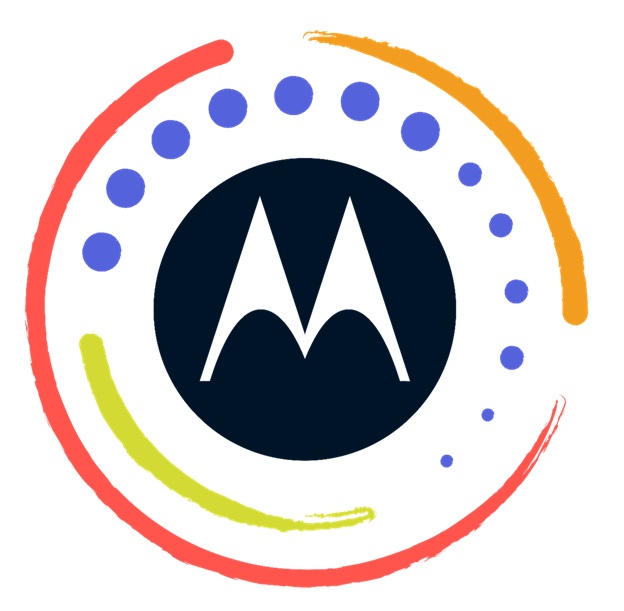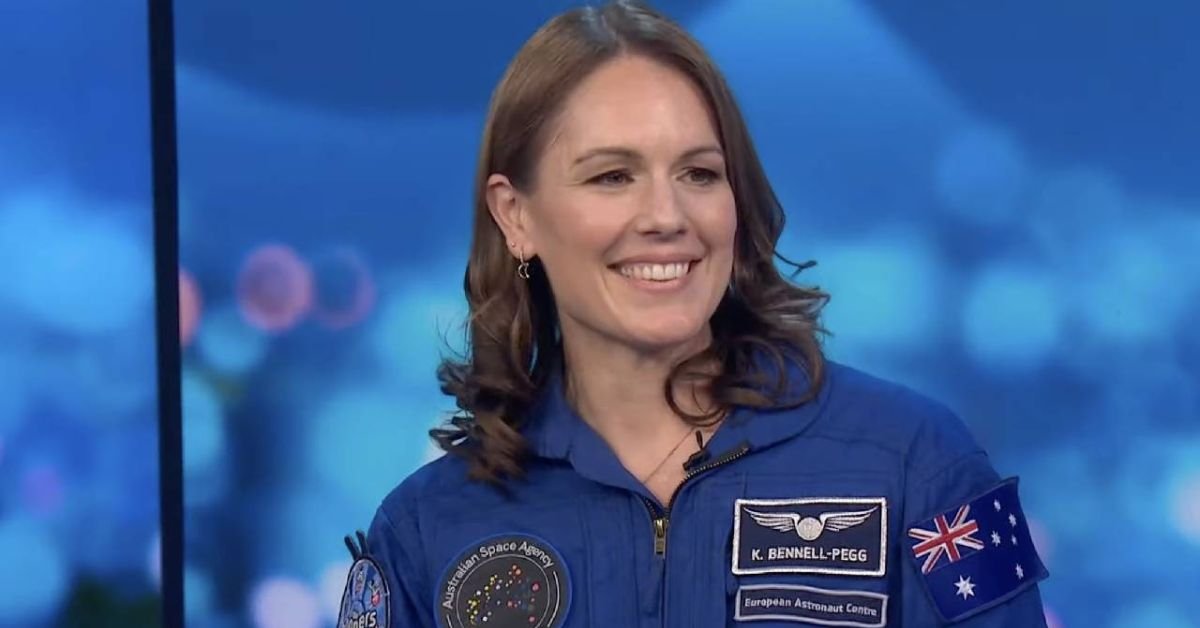For Māori Langauge Week, it is important to reflect on how tech organisations can contribute to the preservation of indigenous languages. Motorola is leading the way with its partnership with UNESCO to digitise indigenous languages over the next ten years.
The innovation extends beyond having the ability to use Māori characters. Motorola is providing a broader CLDR (Common Language Data Repository) support with richer Māori language data and user interface, meaning the user can select the language right from the initial device set-up.
Here, we spoke with Rachael Gauci, Head of Product Operations and Execution, Motorola Greater Asia Pacific, to find out more about the inspiration behind the initiative and how it is enhancing the user experience on Motorola devices.

What inspired Motorola’s partnership with UNESCO to support the revitalisation of Indigenous languages, and how does this align with the overarching mission of Motorola?
Motorola’s partnership with UNESCO was inspired by Lenovo Foundation’s mission to digitise and revitalise endangered languages over the next decade and follows the launch of Kangri and Kuvi (from India), Cherokee, Kaingang (spoken in Southern Brazil) and Nheengatu (spoken in the Amazon) in recent years.
Motorola was the first OEM (Original Equipment Manufacturer) to fully support an endangered indigenous language from the Amazon (Nheengatu). We were also the first to fully localise the mobile phone user interface in the indigenous languages, Cherokee, Kaingang and Kangri. This year, we have taken further steps to support the Indigenous communities in New Zealand with the introduction of te ao Māori.
Through this initiative, Motorola is working to inspire more action towards the revitalisation of indigenous languages and close the gap in digitally inclusive technology which is in alignment with the overarching mission to deliver Smarter Technology for All.
Can you explain more about why it is crucial for us to work towards digitalising Indigenous languages?
Language, spoken and written, plays a vital part in how we connect with each other and the world around us. Consider how we communicate with our loved ones, how we participate in any form of collective group, how we learn and how we teach. For many indigenous groups, ancestral history is passed down through generations by storytelling.
Our goal is to empower the next generation to preserve the unique histories and cultures of indigenous languages. By expanding our language capabilities, we are encouraging and providing people with the opportunity to continue using their native language in new, digital formats.

Could you tell us about how the addition of te ao Māori and other Indigenous languages is enhancing the user experience on Motorola devices?
We anticipate the introduction of te ao Māori language capabilities as having a considerable impact on language revitalisation, especially as Māori is considered endangered by UNESCO. With over 180,000 native Māori speakers in New Zealand (~4% of the population) and over 14,000 speakers in Australia (~0.05% of the population), there is the potential to benefit a large indigenous community.
By incorporating language into our devices, Motorola is giving customers more choices for their language preferences and encouraging the preservation of history and traditions passed down through speech.
While some Android smartphones already support inputting and displaying Māori language characters, we are going one step further to provide a fully localised user interface in the Māori language.
That means when a Māori speaker sets up their device, they can select the Māori language right from the start and navigate the phone set up in their mother tongue. This can be particularly helpful when supporting family members of different generations, offering a greater level of familiarity through the language on the interface can empower the user to feel more in control of their device. .
What has been the response from Indigenous communities in response to this initiative, and how does Motorola plan to continuously engage with these communities going forward?
The response has been overwhelmingly positive. Community groups have shared that the initiative has highlighted new areas for action and development, reinvigorated interest in ancestral heritage and language in the wider sense and also identified new career opportunities such as that of translator.
Moving forward Motorola will continue conversations with these communities to ensure we are keeping up to date with how the initiative is being received and supported on the ground and identify opportunities for further development.
What are Motorola’s next steps for fostering inclusive technology design?
Our top priority is to ensure that we are fully attuned to the cultural and linguistic needs of the communities we collaborate with. We will continue to conduct research alongside indigenous community groups and engage with regional teams to identify where and how we can enrich the lives and smartphone experiences of our consumers and their communities. We will also continue to share our learnings, technical processes and language data to inspire more actions towards revitalisation.
In addition to these languages, we also recently introduced a new logo dedicated to our indigenous languages digitisation initiative. The new logo is meant to make support of these languages more recognisable on our devices and raise awareness towards the cause.






